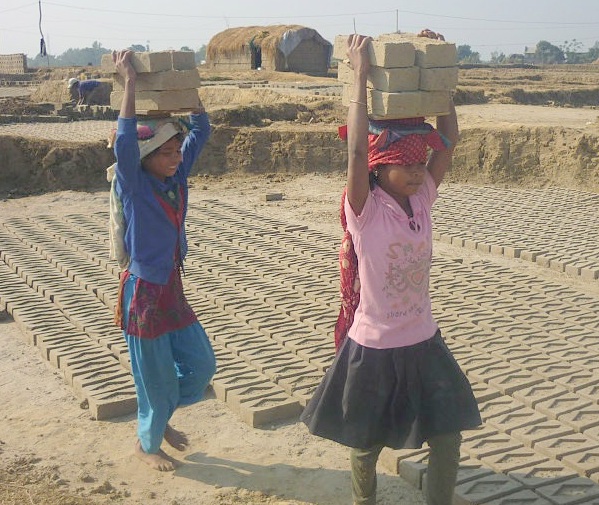All biosphere ecosystems have well-organized functions, such as cycling nutrients through food chains, operating biogeochemical cycles, and maintaining the energy flow received by green plants through solar radiation.
Green plants utilize solar energy to carry on photosynthesis, which is the process of food preparation. During this process, they utilize carbon dioxide, water, and minerals and release oxygen, which they again require in respiration or the oxidation of food to release the energy contained in food particles.
As we may know, carbon dioxide is released in this process, which is again needed during photosynthesis. The food prepared by green plants is taken in by consumers of the first order or by herbivores. Consumers of the second order or carnivores eat up the herbivores. Thus, food passes on in the ecosystem from consumer to consumer until the last consumer dies.
Decomposers, such as fungi, bacteria, viruses, termites, earthworms, etc., decompose their dead bodies to put nutrients back into the soil.
During this process, the energy in their bodies’ molecules escapes into the atmosphere. The nutrients or bio-geochemicals put back into the soil during decomposition are absorbed by green plants again, and the cycle continues.
We may know that several producers and consumers often remain involved in food consumption through different food chains and form a food web network. Thus, through the cycling of materials and the flow of energy, the balance between the input and the output is maintained, and this balance is called the Balance of Nature. The growth and well-being of biodiversity in an ecosystem is essential for maintaining this balance.




